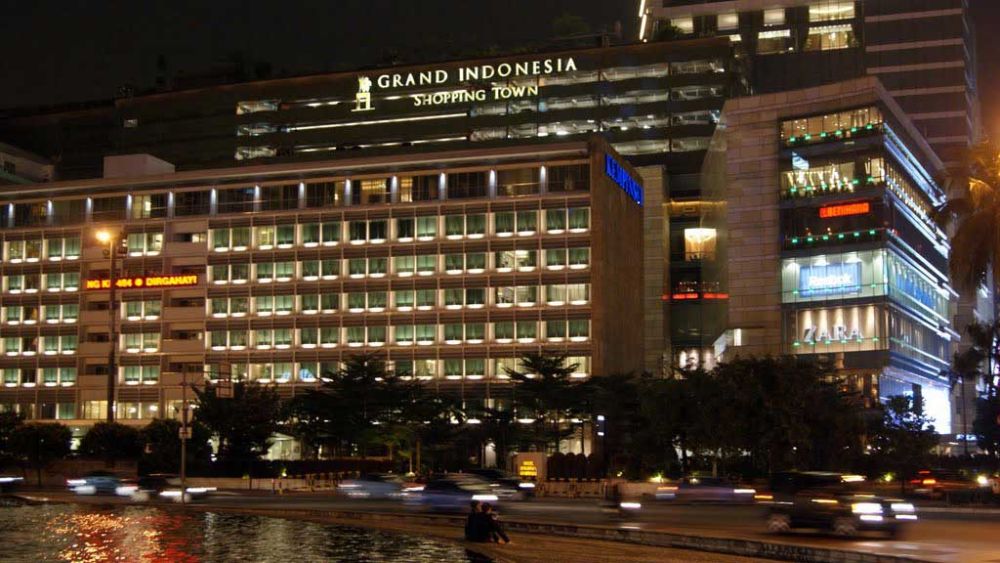

The Grand Indonesia Mall, located in the heart of Jakarta, is not just a shopping destination but a modern interpretation of leisure and tourism. Officially opened in 2008, this vibrant mall has become a symbol of the capital city’s growing economy and a testament to Indonesia's embrace of global consumerism.
Tourism in Jakarta has traditionally been centered around the city’s cultural and historic landmarks such as the National Monument and the old town of Batavia. However, the turn of the century saw an increase in the development of megastructures that would cater to the nouveau riche and the middle-class population. Grand Indonesia Mall became one of the largest and most luxurious shopping centers in Southeast Asia, attracting visitors looking for high-end retail therapy, entertainment, and gastronomic delights.
This development was part of a larger strategy to position Jakarta as an international city, with modern attractions that could compete on a global scale. As a result, the Grand Indonesia Mall has managed to pull in a mixed demographic consisting of middle to high-income shoppers, tourists, and expatriates living in Jakarta.
The role of shopping centers like Grand Indonesia Mall in tourism has evolved beyond the traditional retail experience. It serves as a multi-purpose destination offering a plethora of experiences including:
With Jakarta's growing reputation as a business and holiday destination, Grand Indonesia Mall has leveraged the trend of "shopping tourism" where visitors are inclined to include shopping experiences into their travel itineraries. The mall’s strategic location, being adjacent to high-end hotels and business centers, has further cemented its status as a hub for tourists seeking convenience and luxury.
The emergence of Grand Indonesia Mall has had a significant impact on the tourism landscape of Jakarta. As a comprehensive lifestyle center, it has contributed to the diversification of tourist activities available in the city. Moreover, its grandeur and modernity reflect the dynamic development of Jakarta and Indonesia as a whole, signaling to the world that the country is open for tourism and business.
While adapting to new trends and visitor expectations, the Grand Indonesia Mall continues to thrive by offering an all-encompassing urban experience that is both a symbol of Indonesia's progress and a gateway for visitors to explore the richness of Indonesian culture blended with modern luxury.